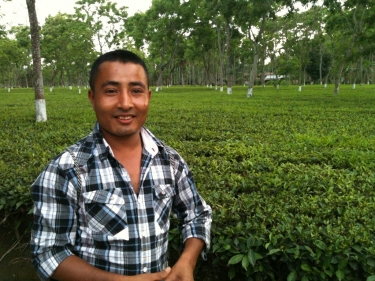


Small Tea Grower (STG) segment accounts for almost 36% of the total tea production (2014) in India. For most, tea is the only source of livelihood. The Tea Board of India defines a Small Tea Grower as a person who has a tea cultivation of up to 25 acres. But in the current scenario, most growers own less than 2 acres of land.
STGs are often based at very remote areas and are scattered. Even as their numbers swell, due to remoteness and scattered nature of existence, they lack of organisation and bargaining capacity. They are dependent on exploitative trade channels to sell their produce. A range of other issues threaten their existence and livelihood. For instance, growers have low levels of technical knowledge and business skills, they lack of awareness about government support and face shortage of funds. Their representation at local and national level is abysmal. These are serious impediments in STGs healthy growth. Unfair price of green adds to their vulnerability and affects their access to health, education and other essential services.
Centre for Education and Communication (CEC) has been working towards reducing poverty and improving income of the STGs. The present project of “Sustainable Livelihoods for Small Tea Growers” is being implemented in partnership with Traidcraft and supported by the European Union. Spanning across five states in India - Assam, West Bengal, Tripura, Mizoram and Arunachal Pradesh - the project addresses some of the key issues confronting the small tea growers. Organising Primary Producer Society (PPS) is at the heart of the activities. Over more than 560 PPS have been formed till date reaching out to about 50,000 growers.